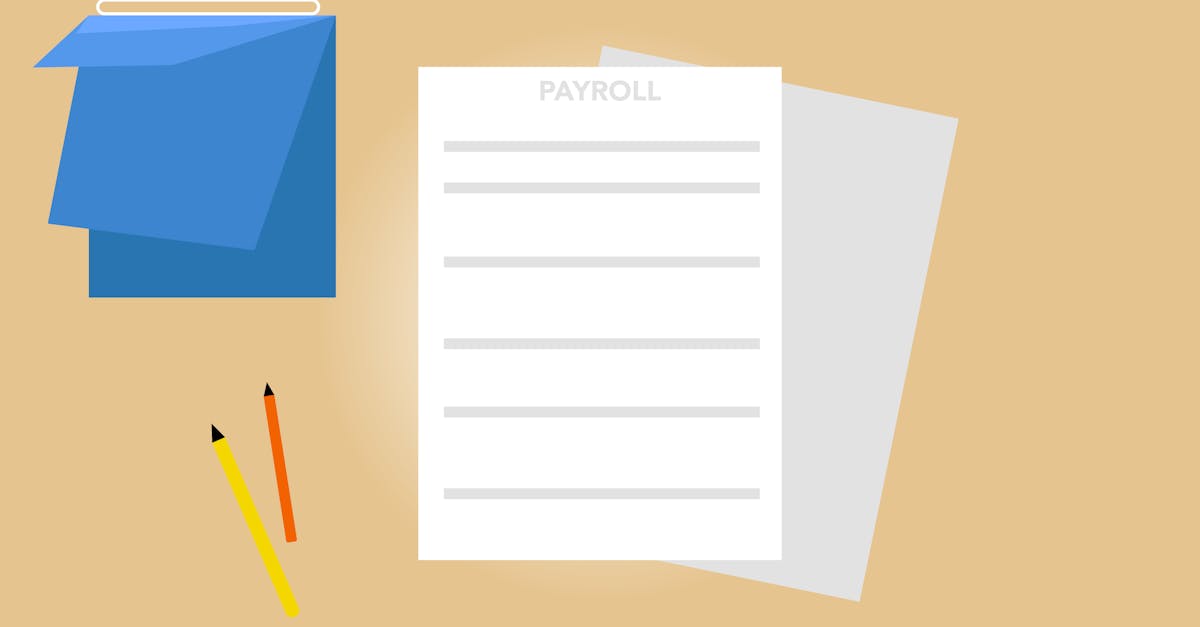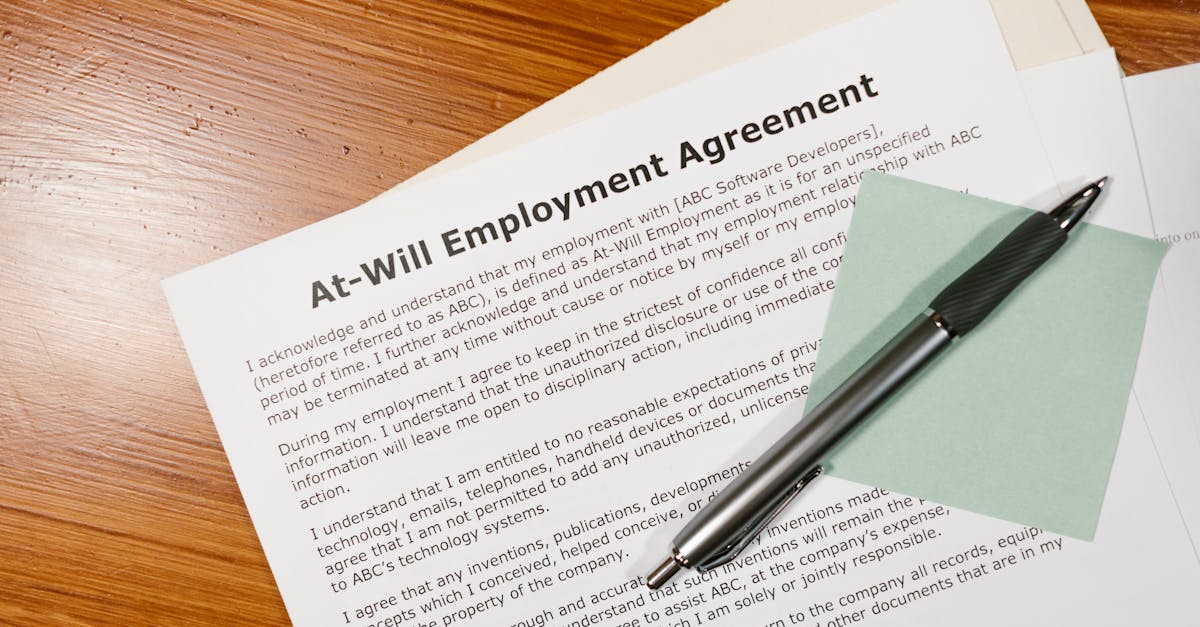
Introduction
Protect secrets across a distributed workforce. As teams go hybrid and remote, inconsistent confidentiality language, unclear IP ownership, and patchwork onboarding processes create real business risk — leaked trade secrets, disputed inventions, and compliance gaps that slow hiring and product launches. HR and legal leaders need crisp, enforceable templates that account for personal devices, contractors, and multiple jurisdictions without adding friction to onboarding.
Document automation — versioned templates, e‑sign workflows, and HRIS integration — turns one‑off contracts into repeatable controls. This guide walks through the practical choices and clauses you’ll need: when to use a standalone NDA versus embedding confidentiality, core IP and invention‑assignment provisions for remote workers, protecting PII and trade secrets, e‑sign and revocation best practices, cross‑border pitfalls, and ready‑to‑use Formtify templates to jumpstart compliant employee agreements tailored to your locations and roles.
When to use an NDA vs embedding confidentiality in an employment agreement
Quick rule of thumb: use a standalone NDA for one-off relationships or when confidentiality needs to survive a relationship that’s not an employment contract (e.g., contractors, vendors, investors). Embed confidentiality in an employment agreement for ongoing staff where confidentiality is a core term of employment.
When a separate NDA is better
-
Contractors, consultants, or candidates: you often need a narrow, time-bound NDA before work or interviews start.
-
Third-party conversations: if multiple external parties will share information and you want the same strict terms applied uniformly.
When to embed confidentiality in the employment agreement
-
Permanent or fixed-term employees: include confidentiality and IP assignment directly in the employment agreement to avoid duplication and reduce onboarding steps.
-
Simpler lifecycle management: revisions, acknowledgements, and severance handling are clearer when there’s a single document governing the relationship.
Practical considerations: enforceability, notice and revocation language, and local employment law can change which approach is preferable. For example, some jurisdictions look skeptically at sweeping post‑termination restrictions and non‑compete agreement employee clauses.
Use Formtify’s standalone NDA to protect short-term or external disclosures and its employment agreement when making confidentiality a core employment term: https://formtify.app/set/non-disclosure-agreementemployee-b9s6h and https://formtify.app/set/employment-agreement-mdok9.
Key IP assignment and invention assignment clauses for remote workers
Core clause elements: clear definitions, scope of assigned works, disclosure obligations, background inventions, and consideration.
What to define
-
“Invention” and “Work Product”: define broadly enough to cover code, designs, processes and improvements developed during employment or using company resources.
-
Pre-existing IP: require a schedule or procedure to list employee’s background inventions to avoid overreach.
Remote-worker specific items
-
Use of personal devices and home labs: clarify that use of company resources (VPN, test accounts, paid tools) triggers assignment for resulting inventions.
-
Time and place test: limit the company’s claim to work made in the course of employment or using company resources and avoid claiming unrelated moonlighting, which improves enforceability.
-
Disclosure process: require prompt written disclosure and provide a clear procedure for review and transfer of rights (helps avoid disputes).
Remedies and additional protections
-
Include licence-back or inventor compensation where appropriate and consider linking to a patent or IP licensing agreement when commercialising inventions: https://formtify.app/set/patent-license-agreementcommercial-bqgzx and https://formtify.app/set/intellectual-property-licensing-agreement-ado2f.
-
Assignment execution: a unilateral assignment clause plus an obligation for the employee to sign any further documents makes transfers smoother across jurisdictions.
Protecting PII and trade secrets: automated redaction and access controls
Classify first, automate second: start with an employee agreements and policies inventory that tags PII and trade secrets so systems can automatically protect them.
Technical controls
-
Automated redaction: use tools that detect and redact sensitive fields (SSNs, bank details, confidential formulas) in communications and documents before they are stored or shared.
-
Access controls & least privilege: role-based access, just‑in‑time permissions, and segmentation limit who can view sensitive employee records or proprietary data.
-
Logging and alerts: audit trails and anomalous access alerts are essential both for forensics and for regulatory compliance (e.g., GDPR/UK data protection).
Processes & contract language
-
Include obligations in employee agreements and employment contract templates that require compliance with data protection and spell out disciplinary action for misuse.
-
Data minimisation and retention: combine contractual term limits with automated deletion/archiving policies in HR systems.
-
Severance and access: tie electronic access revocation to termination and severance agreement triggers to avoid ex-employees retaining access to PII or trade secrets.
Deploying confidentiality templates with e‑sign, acknowledgements, and revocation
Design templates for scale: use a small set of configurable templates — an NDA, an employee agreement, and IP assignment forms — to reduce drafting errors and speed onboarding.
E-sign and acknowledgement workflow
-
Persistent versioning: store every signed version and capture the signing IP/time stamp for compliance.
-
Automated acknowledgements: trigger periodic re‑acknowledgements for sensitive roles (e.g., quarterly for R&D staff) and record them in the employee file.
Revocation and change management
-
Revocation clauses: build a process for revoking access or updating confidentiality terms — and include contractual language that covers modifications and notice to employees.
-
Integration with HR systems: tie e‑sign platforms to your HRIS so terminations automatically trigger access revocation and flag required post‑termination obligations like ongoing confidentiality or IP assignment.
Leverage dedicated templates to reduce friction: use Formtify’s NDA and employment agreement templates as starting points and enable e‑sign for consistent recordkeeping: https://formtify.app/set/non-disclosure-agreementemployee-b9s6h and https://formtify.app/set/employment-agreement-mdok9.
Cross‑border considerations for IP/ confidentiality with distributed teams
Choose your governing law and forum carefully: specify jurisdiction up front but be realistic about enforceability — local courts often apply mandatory employment protections that override contract terms.
Data transfer and privacy
-
GDPR/UK rules: for teams in the UK/EU, include data processing terms and lawful transfer mechanisms (SCCs, UK Addendum) when PII moves across borders.
-
Local privacy notices: provide role‑specific notices and record legal bases for processing employee PII in each jurisdiction.
IP and restrictive covenants
-
Non‑compete enforceability: non-compete agreement employee clauses vary widely — many countries limit duration, scope or ban them entirely for employees, so consider narrower garden‑leave or confidentiality / non‑solicit alternatives.
-
Assignment mechanics across borders: ensure assignment clauses permit out-of-jurisdiction filings and include a power‑of‑attorney clause to execute documents in multiple countries.
Operational tips: maintain template variants for major jurisdictions (including an employee agreements UK variant), document localization decisions, and engage local counsel for high-risk roles or senior hires.
Formtify templates that cover NDAs, IP assignments, and employee agreements
Key Formtify templates to start with
-
Standalone NDA: covers external disclosures and short‑term arrangements — https://formtify.app/set/non-disclosure-agreementemployee-b9s6h.
-
Employment agreement template: use this for permanent and fixed‑term hires and to embed confidentiality, IP assignment and post‑termination obligations — https://formtify.app/set/employment-agreement-mdok9.
-
Patent & IP licensing: useful when commercialising employee inventions or granting external licences — https://formtify.app/set/patent-license-agreementcommercial-bqgzx and https://formtify.app/set/intellectual-property-licensing-agreement-ado2f.
How to pick a template
-
Match the template to the relationship: contractor = NDA + contractor agreement; permanent = employment agreement with embedded IP assignment.
-
Use the employee agreements template as the basis for an employee contract template and adapt clauses for fixed‑term vs permanent and for local law (employee agreements UK if applicable).
-
Checklist before deployment: defined scope of confidentiality, IP assignment clarity, data protection clauses, severance terms if relevant, and an execution/e‑sign workflow.
These Formtify templates are practical starting points for HR and legal teams looking for employee agreements sample documents and scalable templates for onboarding, compliance, and negotiating employment agreements.
Summary
Clear confidentiality and IP assignment clauses, targeted use of standalone NDAs versus embedded terms, robust protections for PII and trade secrets, and careful cross‑border drafting are the practical building blocks for protecting your business in a hybrid and remote world. Document automation—versioned templates, e‑sign workflows, HRIS integration, and automated acknowledgements—turns those building blocks into repeatable controls that reduce onboarding friction, improve enforceability, and maintain auditable records. Build employee agreements that reflect device use, disclosure processes, and local law, then automate execution and lifecycle management so your HR and legal teams can focus on higher‑value work. Ready to standardize and scale? Visit https://formtify.app to get started.
FAQs
What is an employee agreement?
An employee agreement is a written contract that sets out the terms of the working relationship between an employer and an employee. It typically covers duties, compensation, working hours, confidentiality, and IP assignment, and provides clarity for both parties on expectations and obligations.
Are employee agreements legally binding?
Yes — when properly executed, employee agreements are generally legally binding, provided there is consideration and the terms don’t conflict with mandatory local employment laws. Enforceability can vary by jurisdiction, especially for restrictive covenants and post‑termination obligations, so local law should be considered.
What should be included in an employee agreement?
Core elements include job duties, pay and benefits, confidentiality and IP assignment clauses, data protection obligations, notice and termination terms, and the governing law or forum. For remote and hybrid roles, also address use of personal devices, company resources, and disclosure procedures for inventions.
Can an employer change the terms of an employee agreement?
Changes typically require employee consent unless the agreement contains a lawful variation clause that employees have agreed to in advance. Employers should give clear notice, consider local employment protections, and avoid unilateral changes that could amount to constructive dismissal or breach of contract.
How long should employee agreements be kept?
Retain signed agreements and related records for the period required by local statute of limitations and employment‑law rules, which often range from several years to indefinitely for some records. As a best practice, keep final signed versions, version history, and termination documents for at least six to seven years and longer where regulatory or tax rules require it.





